Volkswagen will ramp up plans to become the global leader in electric car sales in 2021 with the launch of a high-performance GTX variant of the ID 4 SUV and a new ID 5 coupé-crossover. The two new models will be joined by an updated ID 3 capable of delivering faster charging times.
VW CEO Ralf Brandstätter has confirmed that they will be followed by production versions of the long-anticipated retro-styled ID Buzz in 2022 and the ID Vizzion saloon and estate in 2023.
Those vehicles will all be built on the VW Group’s EV-only MEB architecture. In the longer term, work is intensifying on a more compact MEB-Lite platform, which will underpin the planned ID 1 hatch and ID 2 crossover.
VW scaling up EV targets
Although VW had previously predicted that EVs would make up 35% of its total sales by the end of the decade, Brandstätter said the firm is looking to raise that target. “We see the potential for electric models to take up to 55% of our annual sales by 2030,” he said.
The renewed optimism follows the launch of the ID 3 and the recent unveiling of the ID 4, which has just gone on sale in China, VW’s largest single market. In China, VW’s two main joint-venture partners will sell different locally produced variants of the SUV, with VW-FAW offering the ID 4 Crozz and VW-SAIC selling the ID 4 X.

The ID 4 will also be the first model in the range to be built and sold in the US and marks a major escalation in VW’s electric ambitions.
The more aggressive target also reflects the increasing number of countries, including the UK, that have set dates for the switch to zero-emission-only new cars and VW’s rapid expansion of its EV plans. The VW Group is committed to spending £64 billion on electric, hybrid and digital technology developments in the next five years.

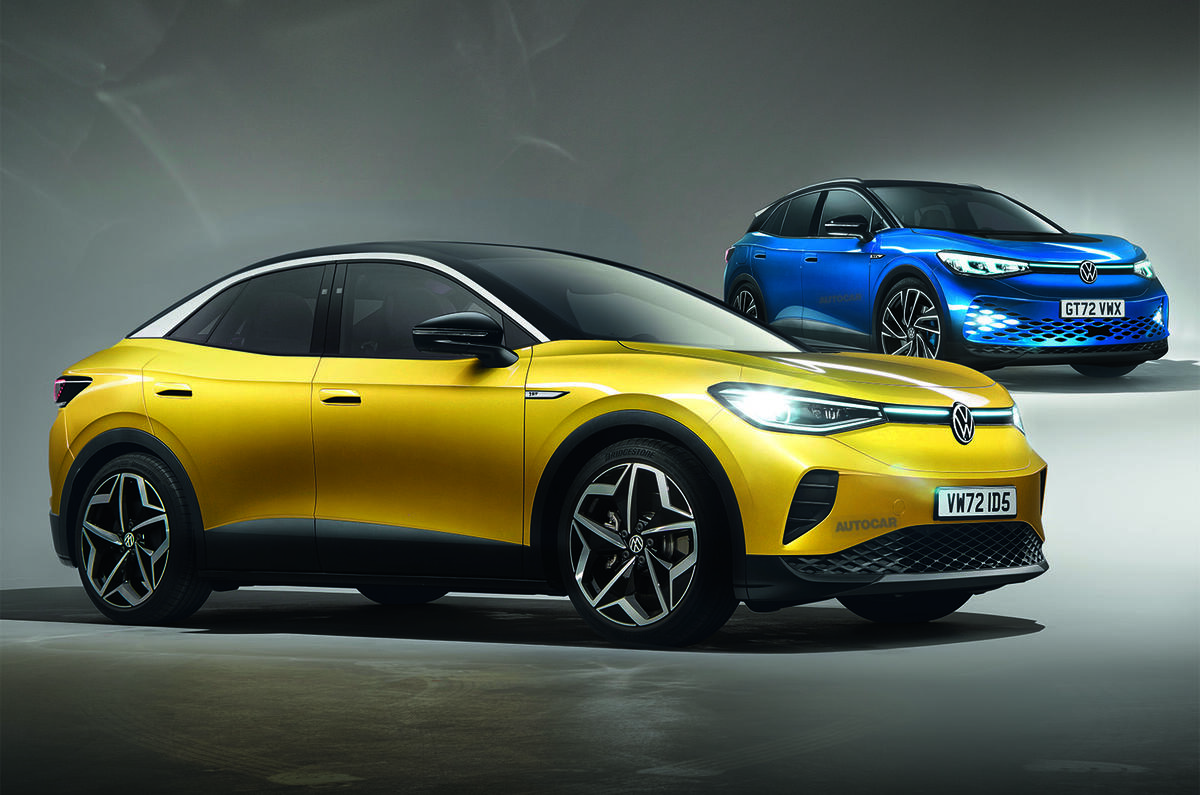
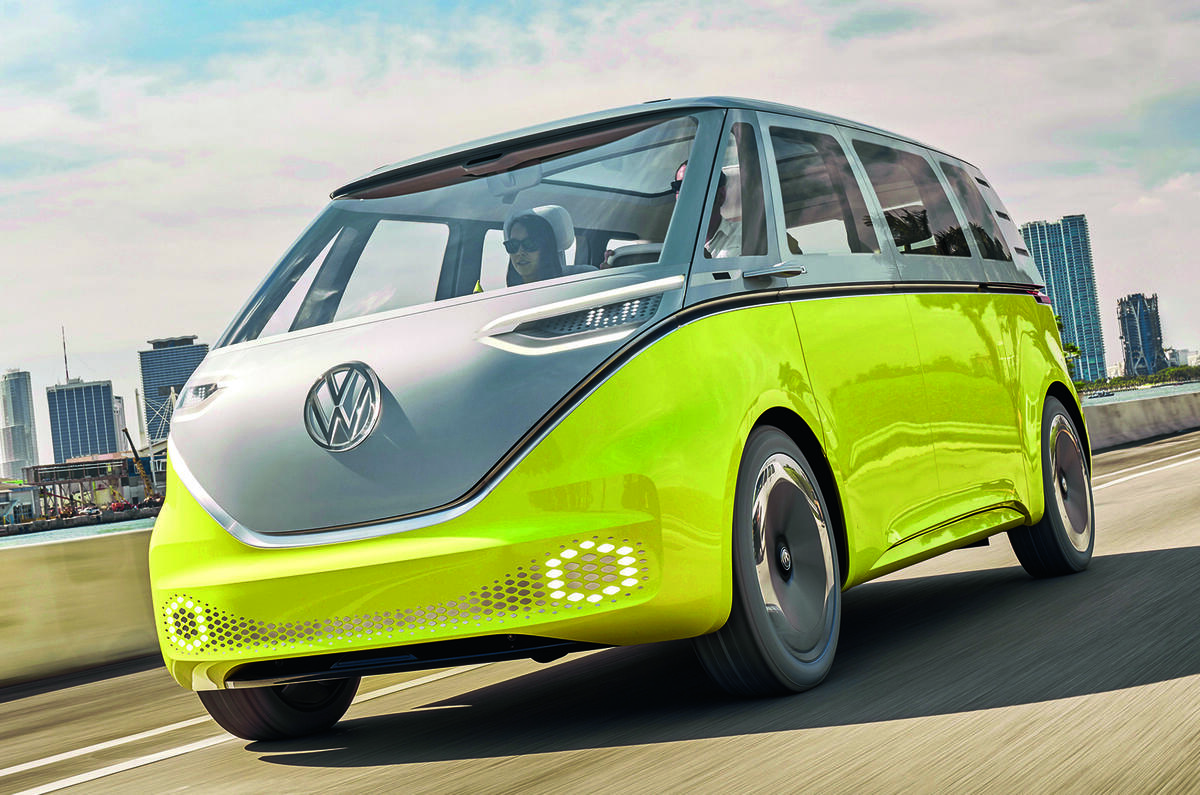
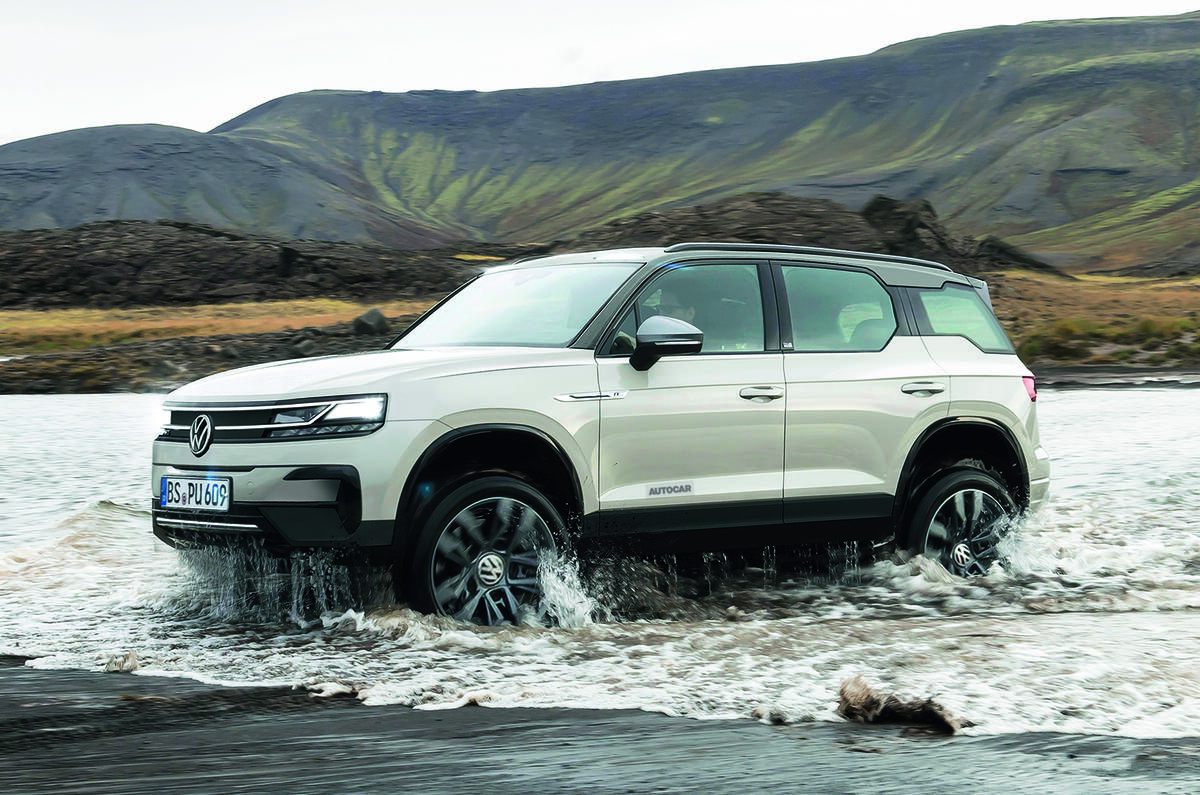
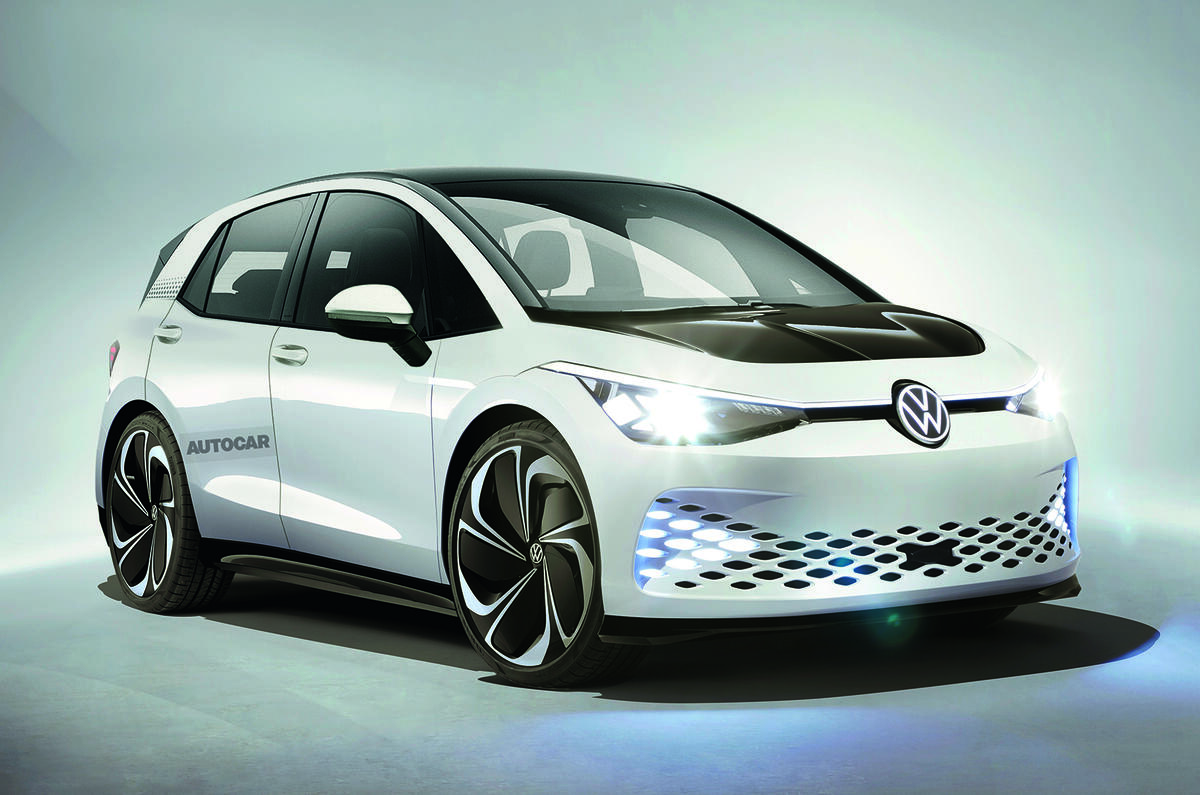
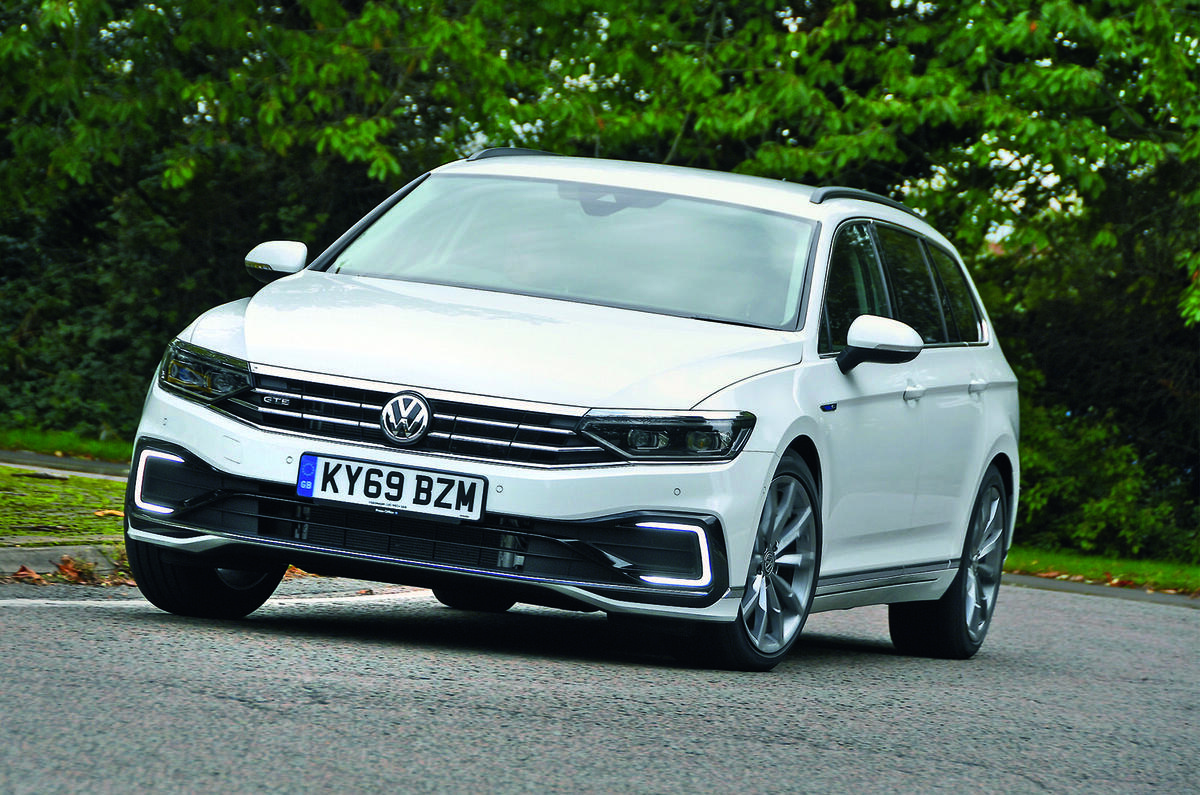
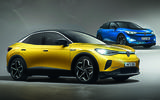
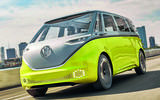








Join the debate
Add your comment
"Volkswagen will ramp up plans to become the global leader in electric car sales in 2021..."
Here we go again.
After the emissions cheating scandal VW top brass admitted that they had become obsessed with being number one, and that, going forward, their outlook would change. It didn't last long did it, so many of their announcements over recent times have shown they're back in that mindset. Its just a matter of time before they make decisions which will put their customers and workforce second.
Really?
Any company strives to be the best at what they do. They messed up. Big time. We ll know it. They got fined, our cars lost value... Now they are trying to make a renewed start, while under scrutiny from thr press, governments and buyers. As long as nothing illegal is done, we have to allow them to get on with their business. So stop harping on...
If it was a one off I might agree with you, but it wasn't. Twin charger, DSG are other examples of the company cutting corners and taking engineering short cuts to gain market advantage, then letting the customer take the consequences.
You are very much entitled to your view but the facts are that they didn't even strive to be the best they could, what they did was awful, cynical, dangerous and put peoples lives risk so they didn't have to do anything technical but sit back organize their usual smug media advertisements and let the general public be hoodwinked and poisoned at the same time while they sat back and let their cash registers ring, not only that they even had a (uk) TV campaign referring to other auto manufacturers as fakes. They should have gotten a much more serious fine for the ***t that they pulled.
Couple of Points:
1: Compare and contrast to worlds largest supplier of EVs, TSLA are planning on having only about 7 different vehicles in their model line with no different sub body types (saloon, estate etc). VWs platform strategy was great for a congested mature market where extreme differentiation was the name of the game, less so for a total system change when you are trying to keep up with demand.
How many different types of smart phone do each of the manufacturers make?
2: VW's strategy is to increase the total amount of EVs it produces in 2030 from 35% to 55%.
Looking at where we are going legislatively and from a technology position pure ICE cars will not be legal to sell new in 2030, EVs will be cheaper to buy than an equivilent ICE car and nobody will want to buy PHEVs as they are needlessly complicated and expensive.
Ergo what they are really saying is we are expecting to sell 45% less cars than we do now.
Maybe they might be able to sell some bargin basement ICE vehicles to developing nations but I expect that won't be high margin and as most of those places have a lot of land and good solar prospects they may jump straight to locally charged EVs.
I follow your line of thinking, but to your first point, I believe that is why VW has put so many of their mainstream BEV's on their MEB architecture, This way they can adjust their product production based on which models are selling, since they are based on the same platform and are essential the same vehicle. To your second point, I seems that VW Group is hedging its bets by still offering something in the ICE market. Right now people STILL buy ICE vehicles much, much more then they do BEV's, so on some level they have to continue to produce and develop them. Even though legislation is coming by 2030, what if the law makers get cold feet or bow to pressure and move the date back, or eliminate it all together? Now 55% VW's line up is BEV's that may be still slow sellers and their ICE competition are offering more efficient power plants, because they were not mainly focused EV's! It's a difficult balancing act for big automakers to continue to build what is making money for them now, but transitioning for what future products they will need to build and when. It doesn't matter for automakers like Tesla, for BEV's are all they build.
You showed 'spy' images of a larger SUV under testing a couple of months ago and at the time this was described as the ID6.
As the the ID6 is likely to be a Passat sized saloon/estate, what's this model going to be? ID8?